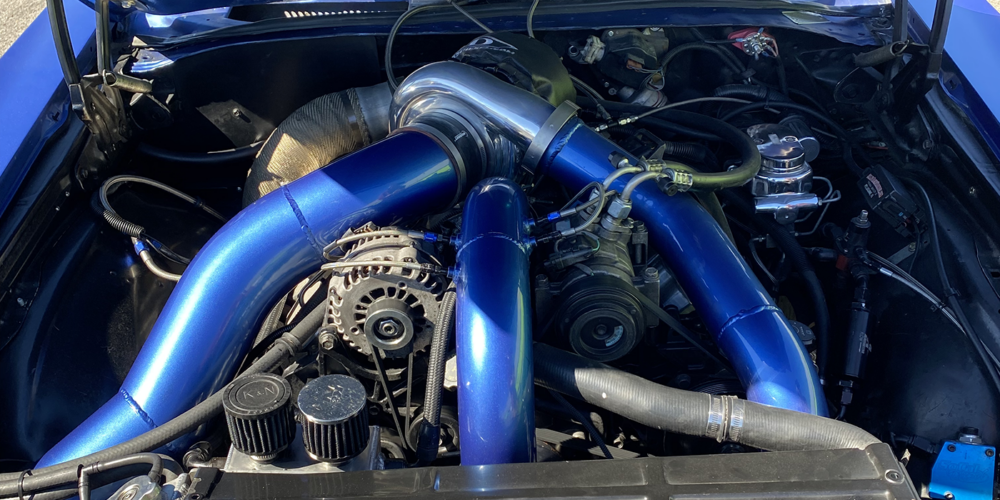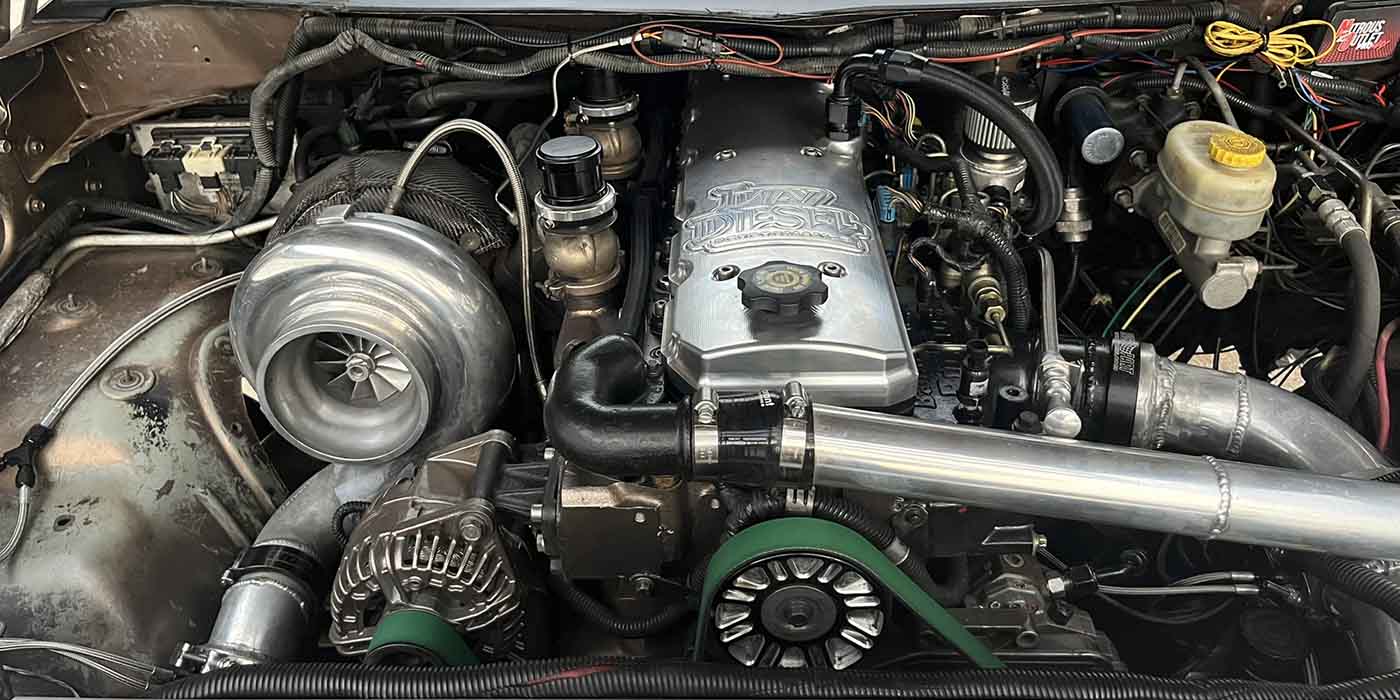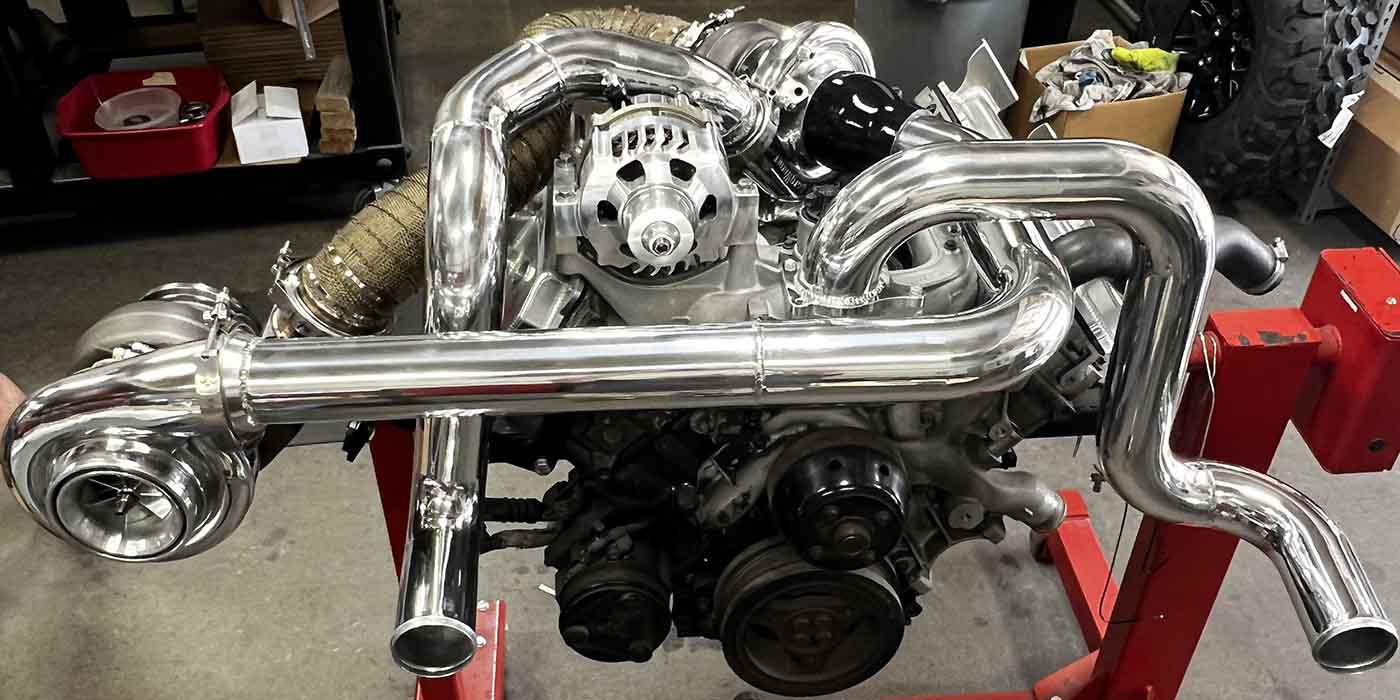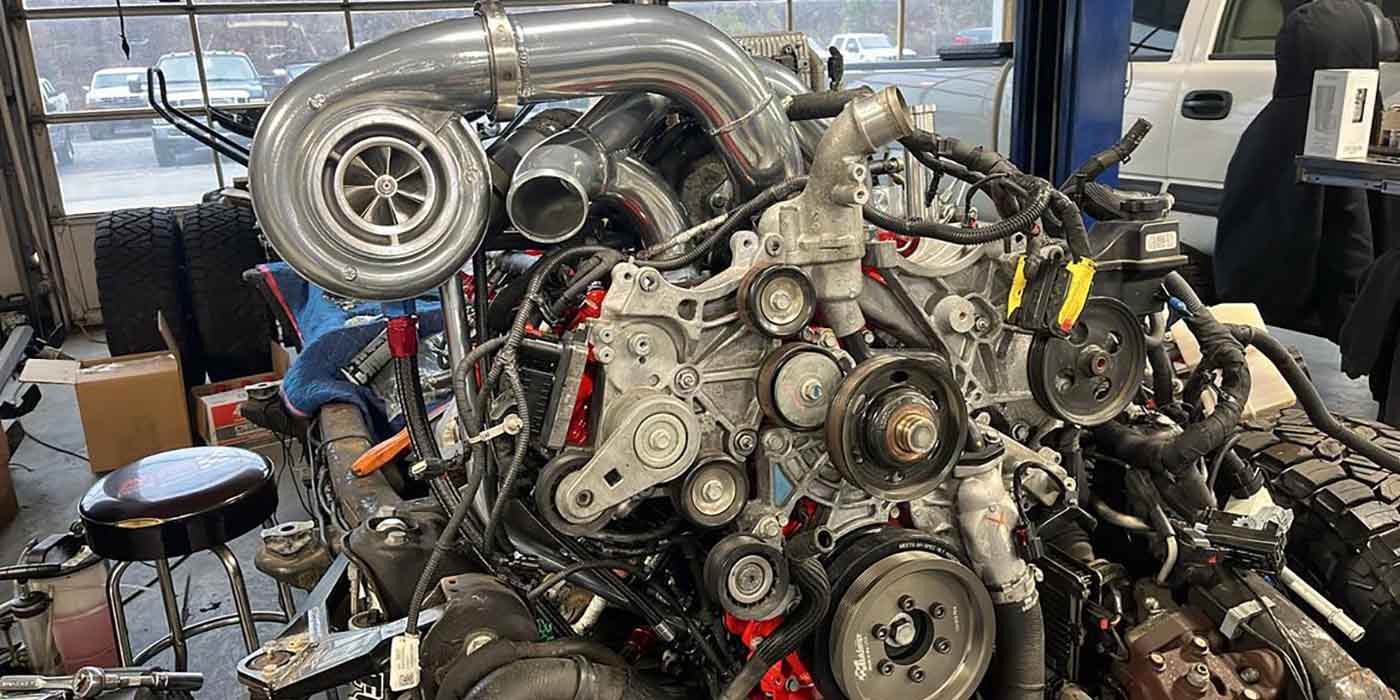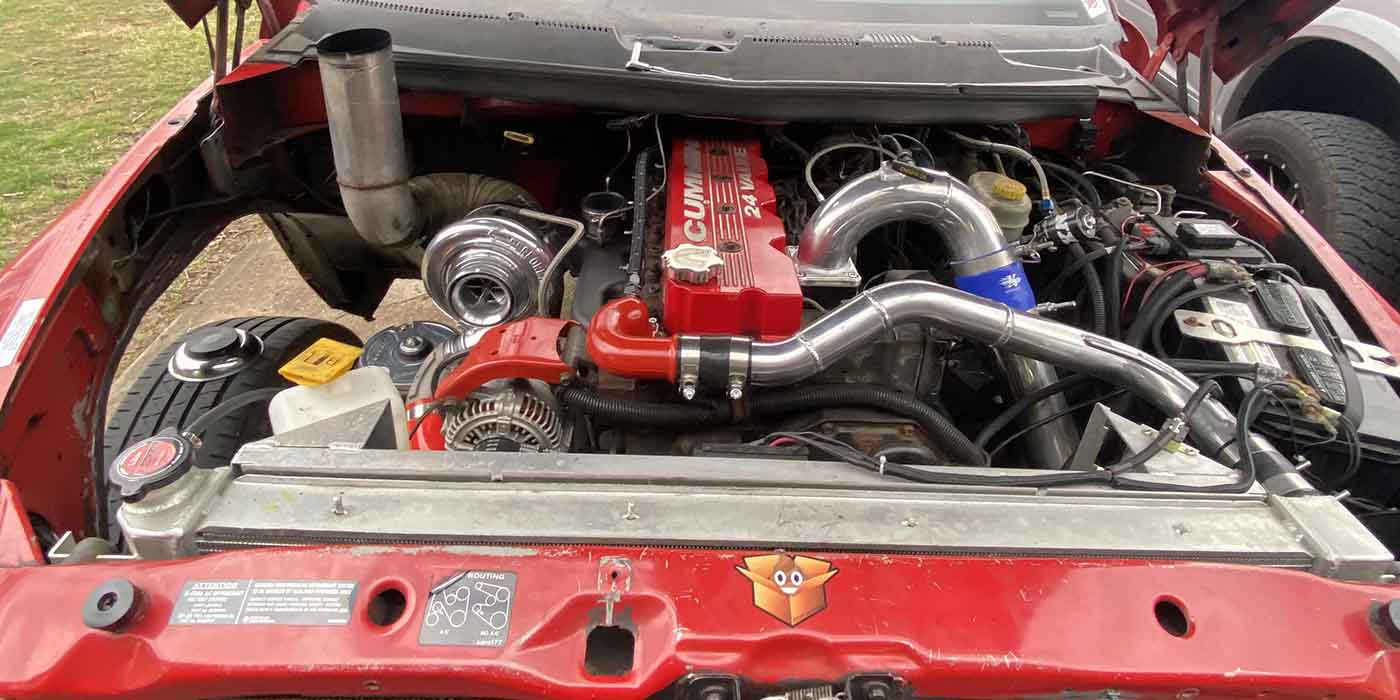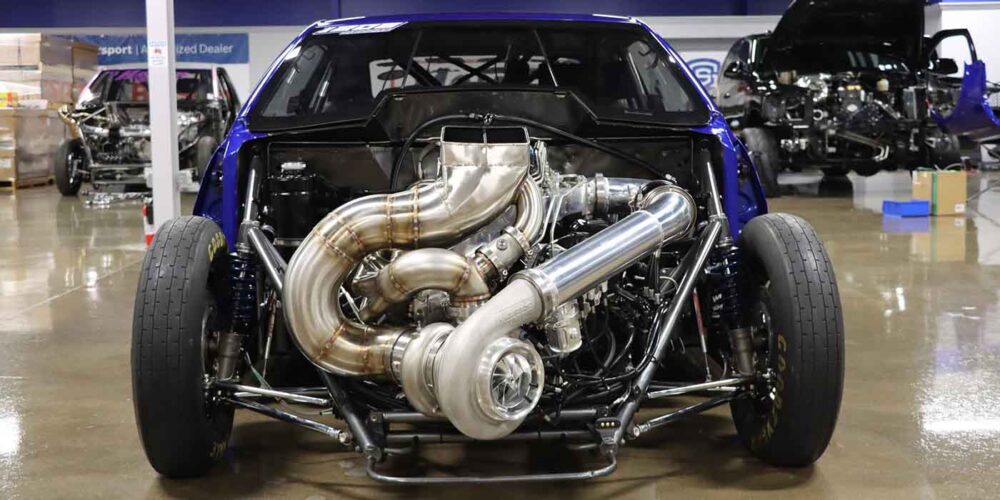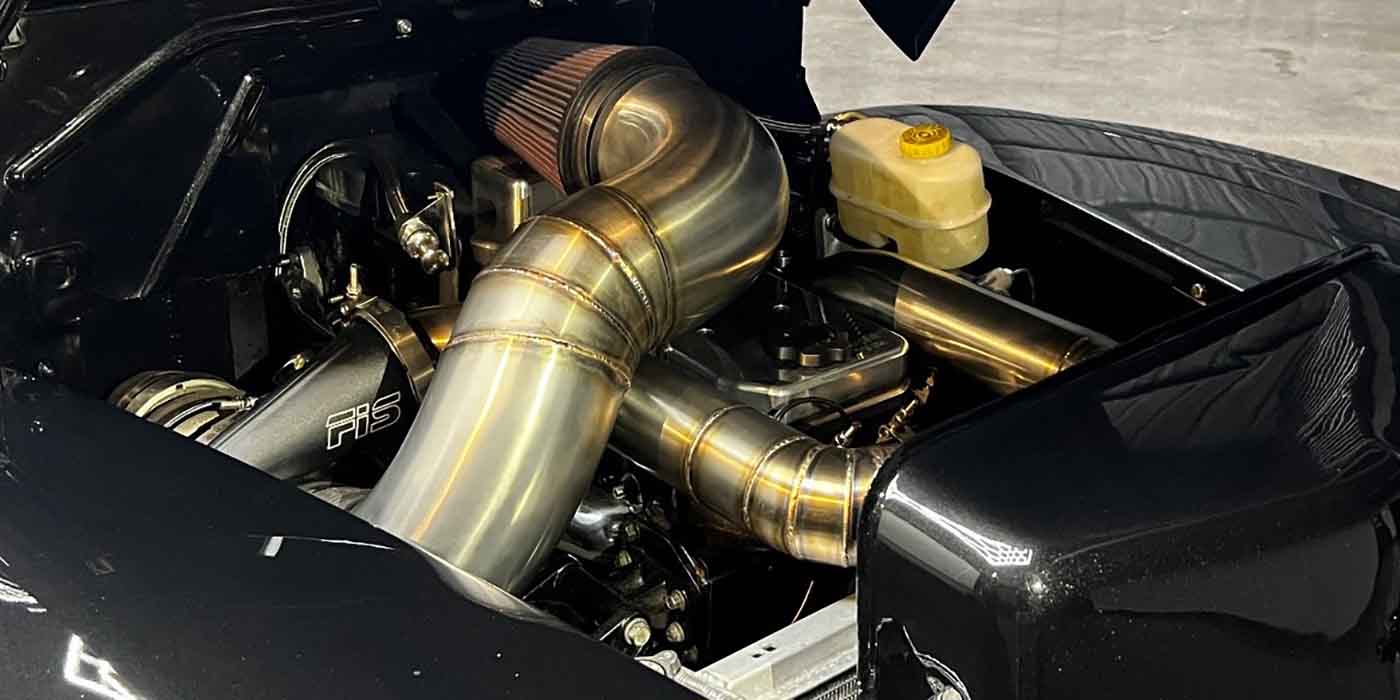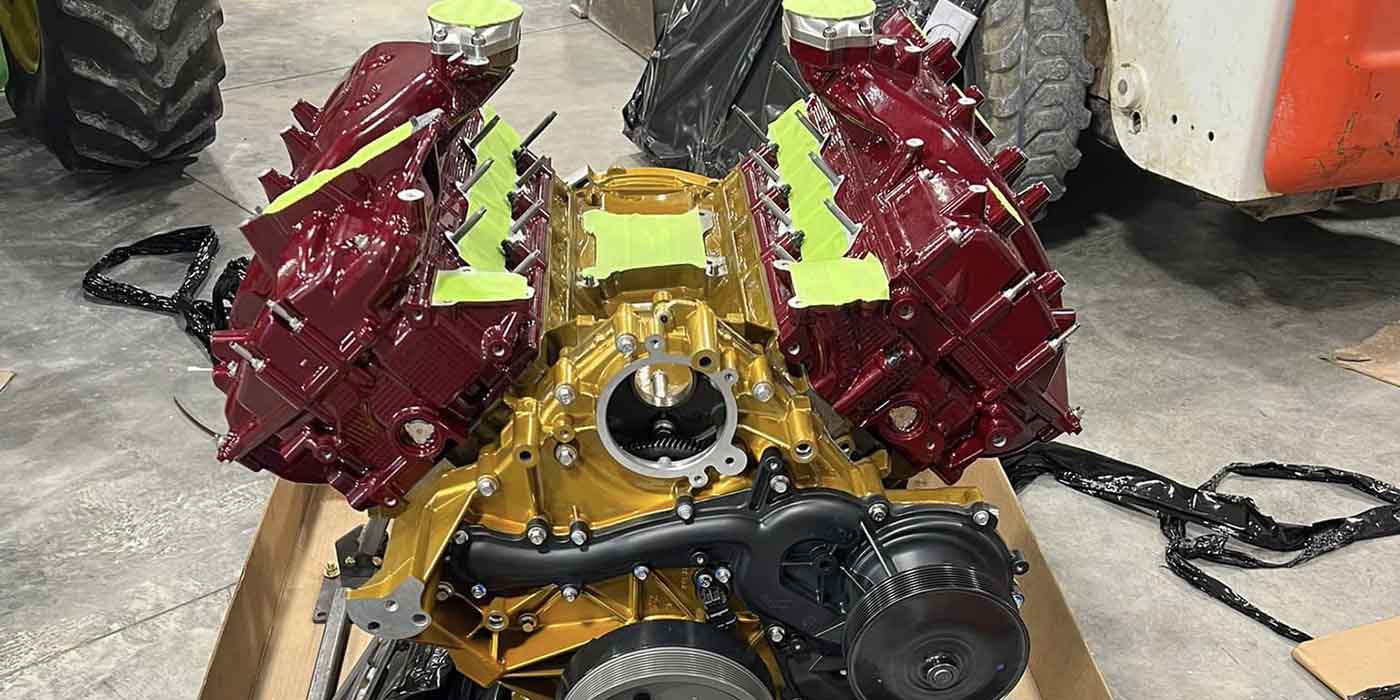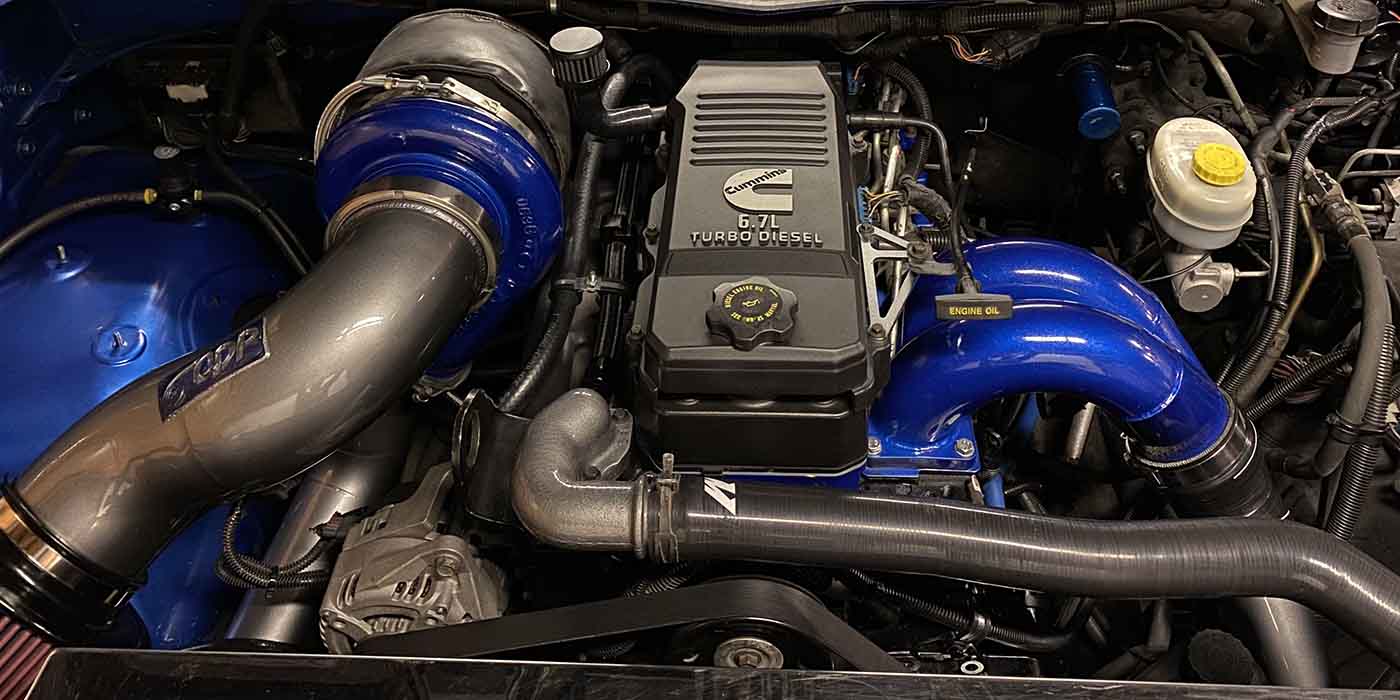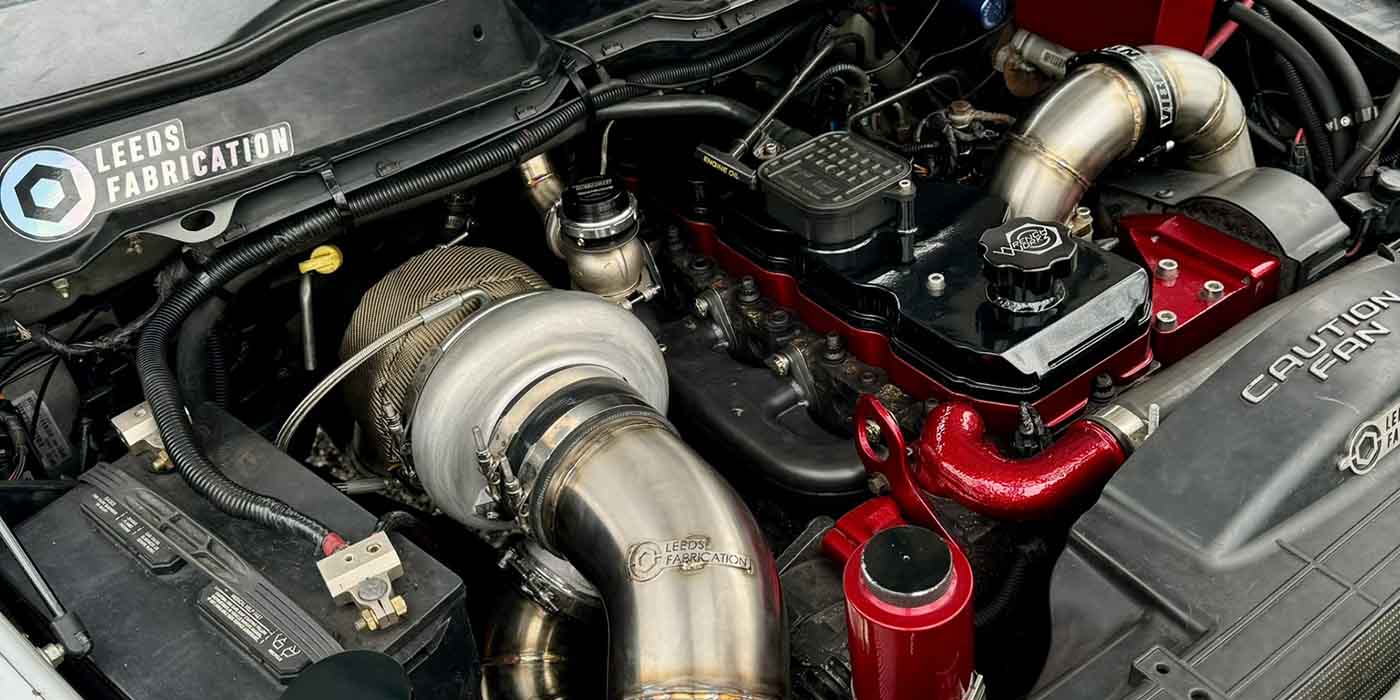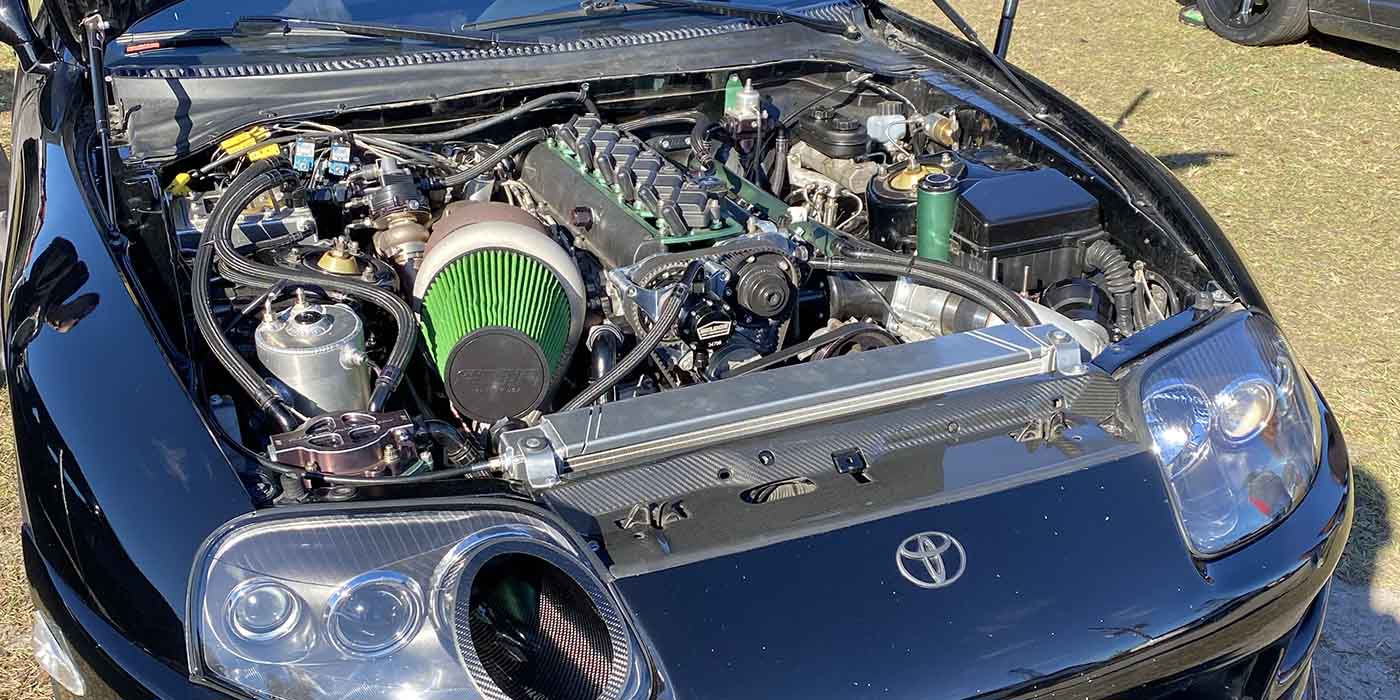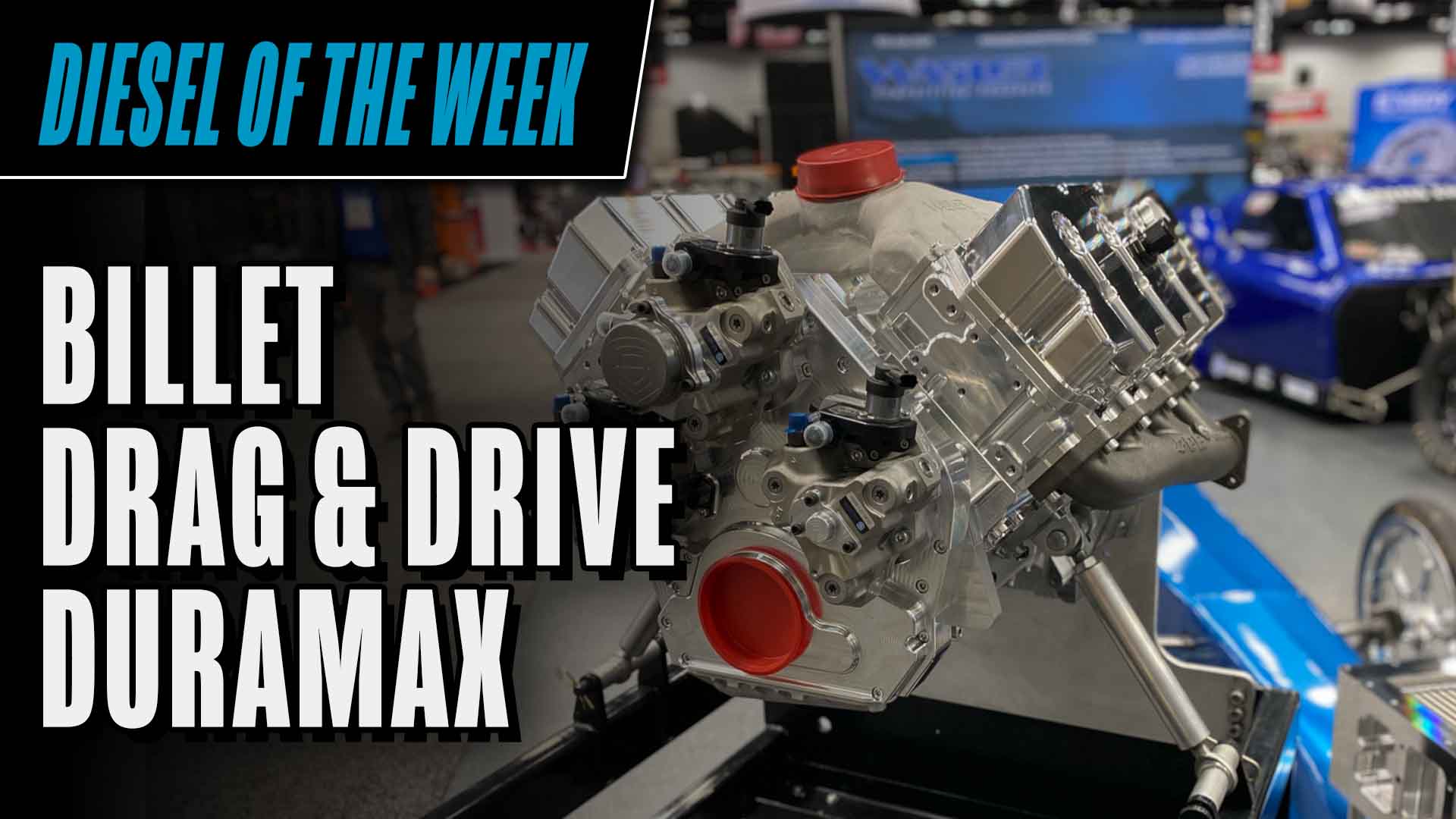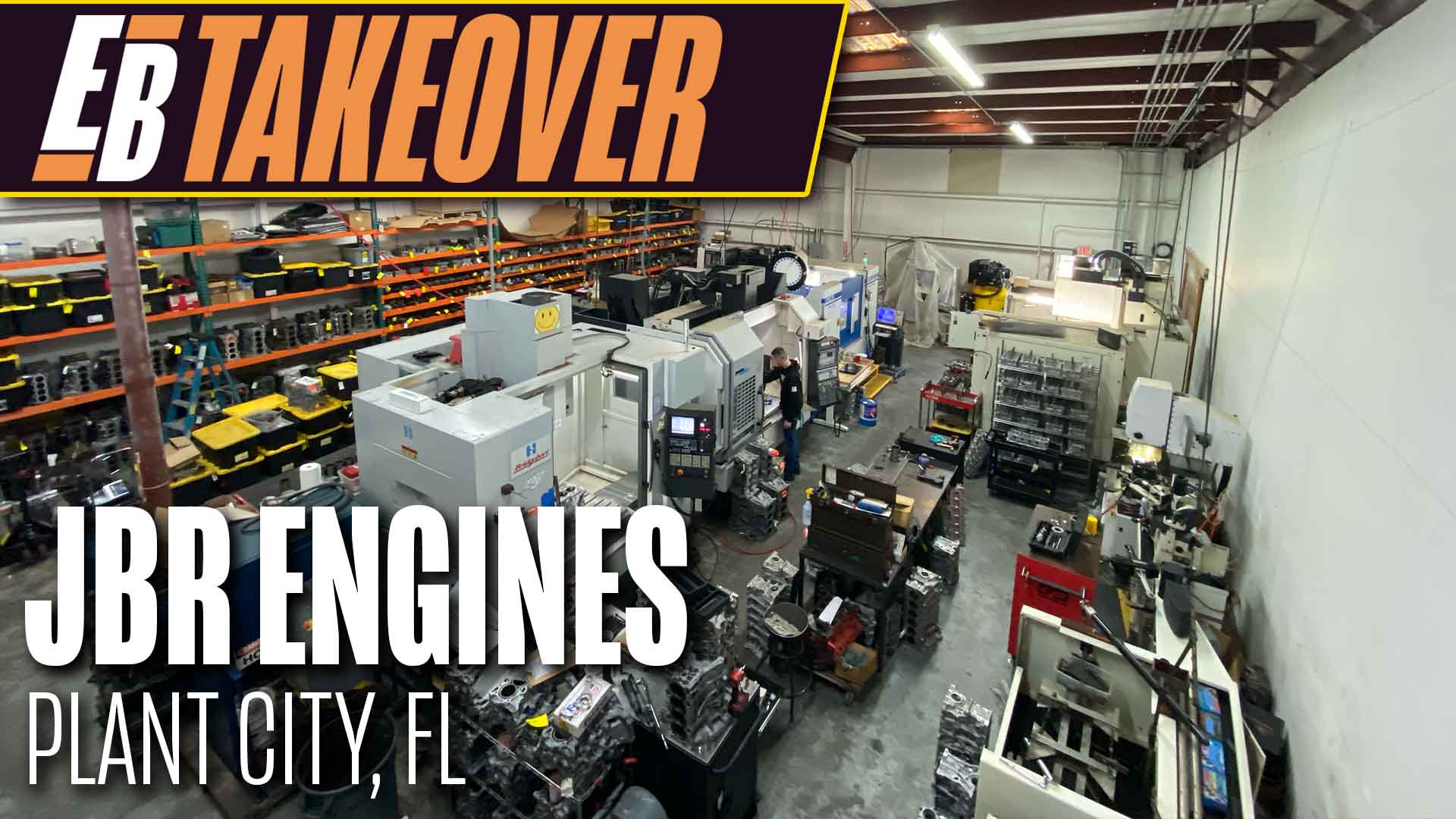Diesel of the Week is presented by

California native Ricardo (Rick) Fletes has been diesel drag racing for close to 20 years, and in that time, he’s made quite the name for himself. Tied closely to his name is the 1970 Chevrolet Chevelle that he’s campaigned on the drag strip since 2008 – although it’s not your ordinary Chevelle. Fletes’ ride is powered by a powerful LB7 Duramax engine.

The diesel engine was first dropped into the Chevelle in 2009 after it was removed from his ’02 pickup. Since then, he’s put somewhere in the realm of 150,000 miles on the car in the last 14 years while he’s ran his shop, RFG Diesel Performance. The goal was always to make something that Fletes could drive around anywhere with his wife and kids and not have to worry about it breaking down or buying special fuel. The remarkable part of this engine is that even driving down the street, Fletes is able to get about 30 mpg.
Fletes and the team typically run the Duramax at about 1,500 horsepower, but they have tunes for it anywhere between 1,000 and 1,800 horse. At 4,600 lbs. it’s hit an 8.70 quarter mile ET at 160 mph and consistently records 60 ft. times at around 1.30 seconds. To get numbers like that, you obviously need something built-up pretty good, and that’s exactly what Fletes has done.
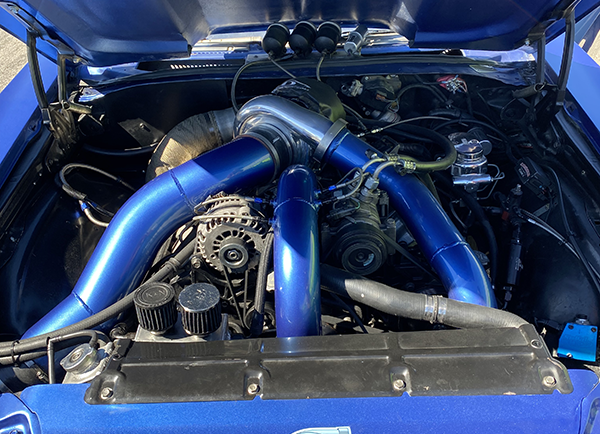
The block, crank and heads are factory, bone stock as they came from a wrecked truck; in fact, the heads and valves have never had a valve job even after 200,000 miles. Most of the other internal parts came from SoCal Diesel, who RFG Diesel uses for a lot of their builds. The list includes SoCal Diesel springs, pushrods, camshaft, and connecting rods.
As for fuel, Fletes and the team use an S&S Diesel Motorsport setup consisting of a pump and 150% over injectors with SAC00 nozzles. The single, 5-blade, S472 turbo comes from Stainless Diesel.
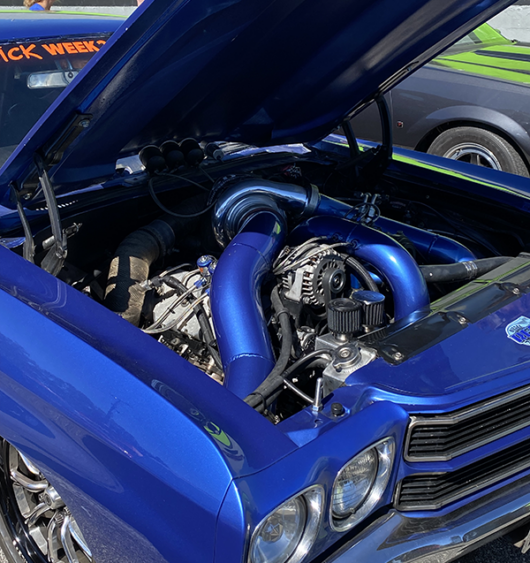
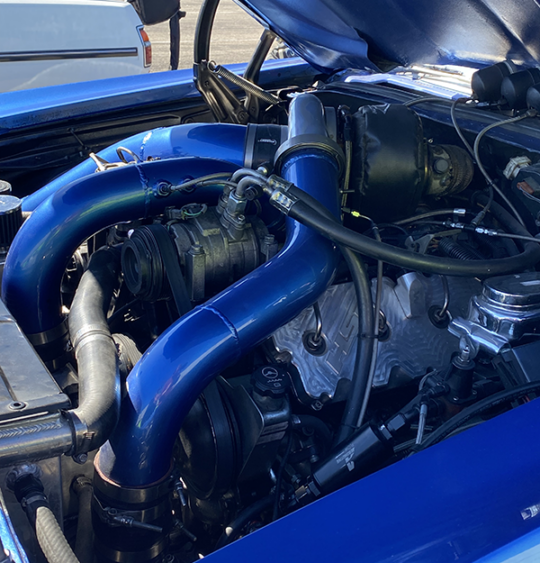
“In the grand scheme of things, it’s really not that big compared to other vehicles,” Fletes says. “These turbos will max out at about 1,200 horsepower, then we’ll throw nitrous on top and we can flow about 800 horsepower of that.
“Transmission issues have been our biggest issue this year, just trying to get it to survive as we make more power. It’s a 4L80 that’s manually controlled, so it has an Extreme Automatics valve body and a DMP torque converter. For the internals it has billet drums, billet shafts – anything you can imagine as far as billet and upgrading – it probably has it.”
Fletes was competing at Sick Week in the Sick Week Freaks class, which allows diesel-powered vehicles. Unfortunately, Rick had to abandon competition after day 3, but recorded a best pass of 9.79 at 154 mph.
Diesel of the Week is sponsored by AMSOIL. If you have an engine you’d like to highlight in this series, please email Engine Builder Editor Greg Jones at [email protected].

